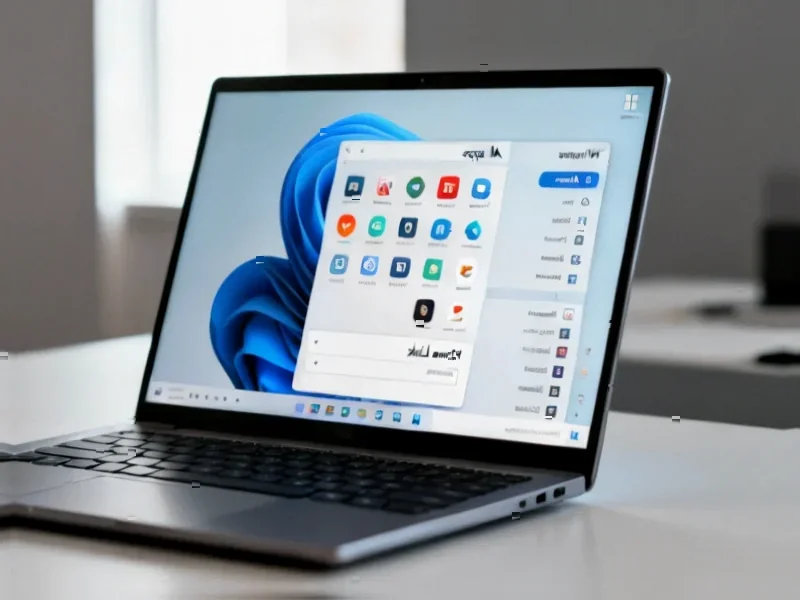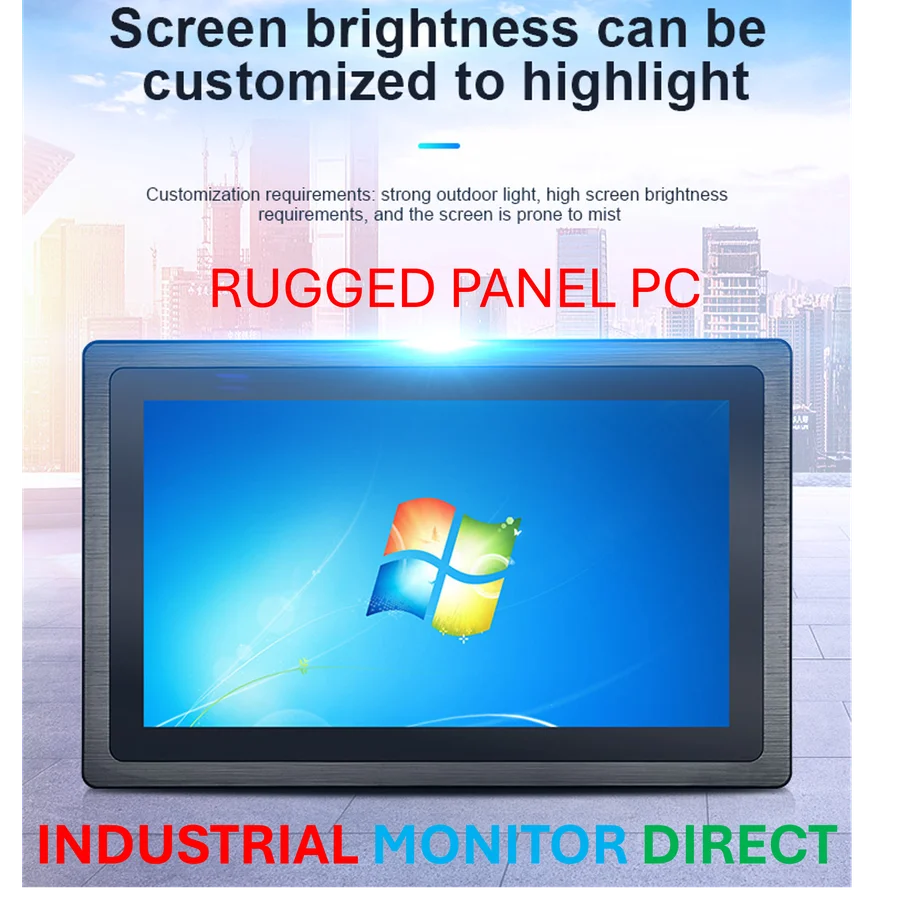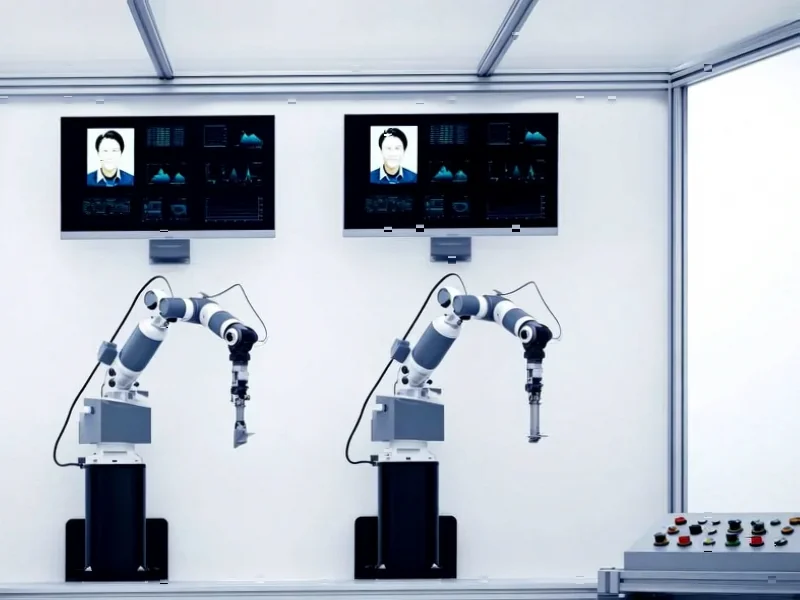According to Neowin, RapidRAW 1.4.4 introduces significant enhancements to this lightweight RAW image editor built with Rust, React and Tauri. The update adds AgX color management similar to Blender and darktable, reworked exposure controls that separate technical exposure from brightness adjustments, and selective copy-and-paste functionality for precise editing workflows. The 20MB application now includes processing engine settings with Linux GPU compatibility mode to address stability issues, plus improved 32-bit precision and faster image loading. This release continues RapidRAW’s development as a GPU-accelerated alternative to Lightroom with comprehensive RAW editing capabilities.
The Open Source Challenge to Creative Software Monopolies
RapidRAW’s evolution represents a broader trend in professional creative tools where open-source alternatives are reaching feature parity with established commercial products. What began as basic RAW converters have matured into full-fledged editing suites capable of handling professional workflows. The project’s GitHub repository shows active development with regular releases that incorporate feedback from the photography community. This model allows for rapid iteration and feature development that often outpaces commercial software release cycles. As more photographers seek alternatives to subscription-based models, tools like RapidRAW provide a compelling value proposition without compromising on capability.
Why Rust and Tauri Matter for Performance
The choice of Rust and Tauri for RapidRAW’s architecture isn’t just technical preference—it’s strategic positioning for the future of performance-critical applications. Rust’s memory safety guarantees and performance characteristics make it ideal for image processing workloads, while Tauri’s lightweight approach compared to Electron results in significantly smaller application sizes and better resource utilization. The consistent release cadence demonstrates how this modern tech stack enables faster development without sacrificing stability. As web technologies continue to evolve, we’re seeing more specialized applications adopt hybrid approaches that leverage the best of both native performance and web development ecosystems.
Selective Editing and Professional Workflows
The introduction of selective copy-and-paste functionality in version 1.4.4 addresses a critical gap in many RAW editors’ workflow capabilities. Professional photographers often need to apply specific adjustments across multiple images while preserving other edits—something that’s been surprisingly difficult in many applications. The merge and replace modes give photographers granular control that mirrors how they actually work with image batches. This attention to workflow efficiency, combined with the application’s polished interface, suggests the developers understand that professional adoption requires both powerful features and intuitive operation.
Where RAW Editing is Headed Next
RapidRAW’s trajectory points toward several emerging trends in photo editing software. The integration of AI-powered masking and generative edit layers via ComfyUI indicates that machine learning features will become standard rather than premium additions. The focus on Linux compatibility, including the new GPU compatibility mode, reflects growing professional usage of Linux for creative work. As computational photography advances, we can expect to see more real-time processing capabilities and deeper integration with camera systems. The Windows version and ARM64 build show commitment to cross-platform accessibility that will likely expand to mobile platforms as processing power increases.
Shifting Landscape for Photography Software
The maturation of tools like RapidRAW signals a fundamental shift in how photographers approach their editing workflows. No longer tied to single-vendor ecosystems, professionals can mix and match tools that best suit their specific needs. This modular approach allows photographers to optimize different parts of their workflow with specialized tools while maintaining compatibility through standard file formats. As these applications continue to evolve, we may see more photographers adopting hybrid workflows that combine the strengths of multiple applications rather than relying on monolithic suites. The ability to stay updated on new releases ensures photographers can continuously refine their toolkits as new capabilities emerge.




